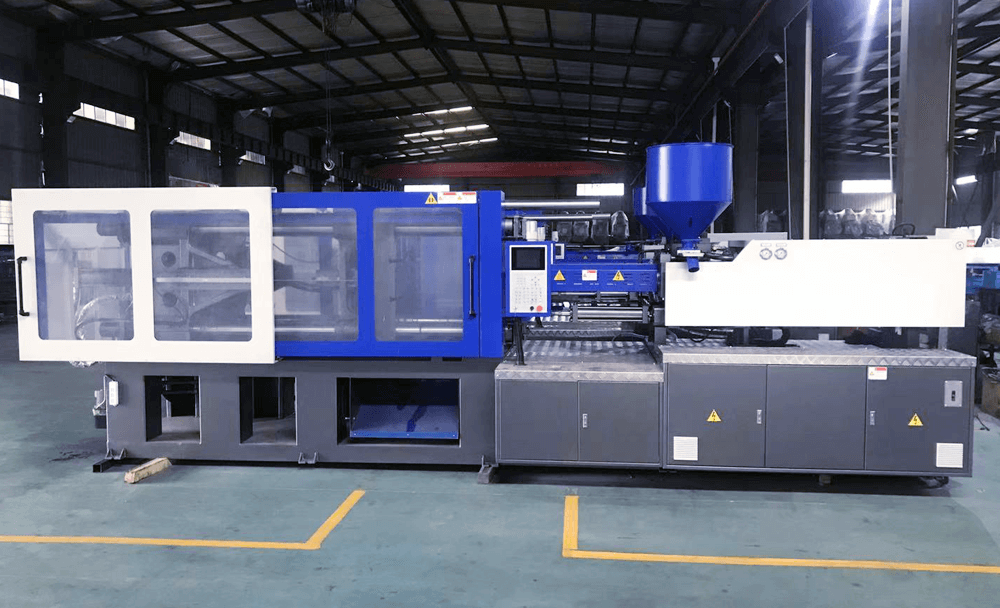What is injection molding? Injection molding materials
What is injection molding? Injection molding materials
Blog Article
Many things in our lives are produced by injection molding. The injection molding process can quickly produce many parts. Many people know little about it. Today, Rapidefficient will share with you what injection molding is and what are the commonly used materials.

Injection molding is a method of injecting heated and molten materials into a mold using high pressure, and then cooling to obtain a molded product. This method can quickly and mass-produce many parts with complex shapes, and is one of the mainstream processing methods.
After understanding the principle, Rapidefficient will tell you about the entire production process, which can be roughly divided into the following 6 stages.
1: Mold closing
The prepared molds are combined with tools to prepare for injection molding.
2: Injection
The high-temperature molten material is injected into the mold.
3: Pressure holding
Maintain pressure to allow the molten material to fill the entire mold without any gaps.
4: Cooling
Let the heated solution cool and form.
5: Mold opening
Open the mold and take out the product
6: Finishing
Finish the molded product.
Common materials for injection molding
Injection molding uses a wide range of materials. Today Rapidefficient selects 10 common materials to explain.
1: Acrylic
Acrylic has good mechanical strength, is lightweight, and has a clear, transparent appearance. Although it has no ductility, it has good resistance to chipping.
2: ABS
ABS has good strength and toughness, impact resistance, and chemical resistance to acids, alkalis, and oils.
3: Nylon polyamide
Nylon is an excellent material with high toughness, heat resistance, and surface friction/wear properties.
4: Polycarbonate
Polycarbonate has excellent toughness, chip resistance, and impact resistance.
5: Polyoxymethylene
Polyoxymethylene is known for products that require high precision. Due to its stiffness and rigidity, it has good dimensional stability.
6: Polypropylene
Polypropylene is hard, heat-resistant, chemically resistant, and can be recycled many times.
7: Polystyrene
Polystyrene is particularly lightweight, resistant to moisture and chemical reactions, and is well suited for injection molding due to its uniform heat shrinkage within the mold.
8: Polyethylene
Polyethylenes are ductile, have good impact strength, and are resistant to creep (can withstand mechanical loads for a long time without deforming). In addition, they are resistant to chemical reactions.
9: Thermoplastic Elastomers
Thermoplastic elastomers are a plastic-rubber mixture. They can be stretched to great lengths, are strong, and are recyclable.
10: Thermoplastic Polyurethanes
Thermoplastic polyurethanes are another rubber-plastic mixture whose polyurethane component has very desirable qualities. It is very hard and has very good compressive strength, abrasion resistance, and chemical resistance.
The above 10 materials are commonly used materials.Of course, there are many other materials. As a professional CNC machining manufacturer, Rapidefficient has a wide range of materials for injection molding. It can match materials according to customer needs and help customers turn ideas into reality.